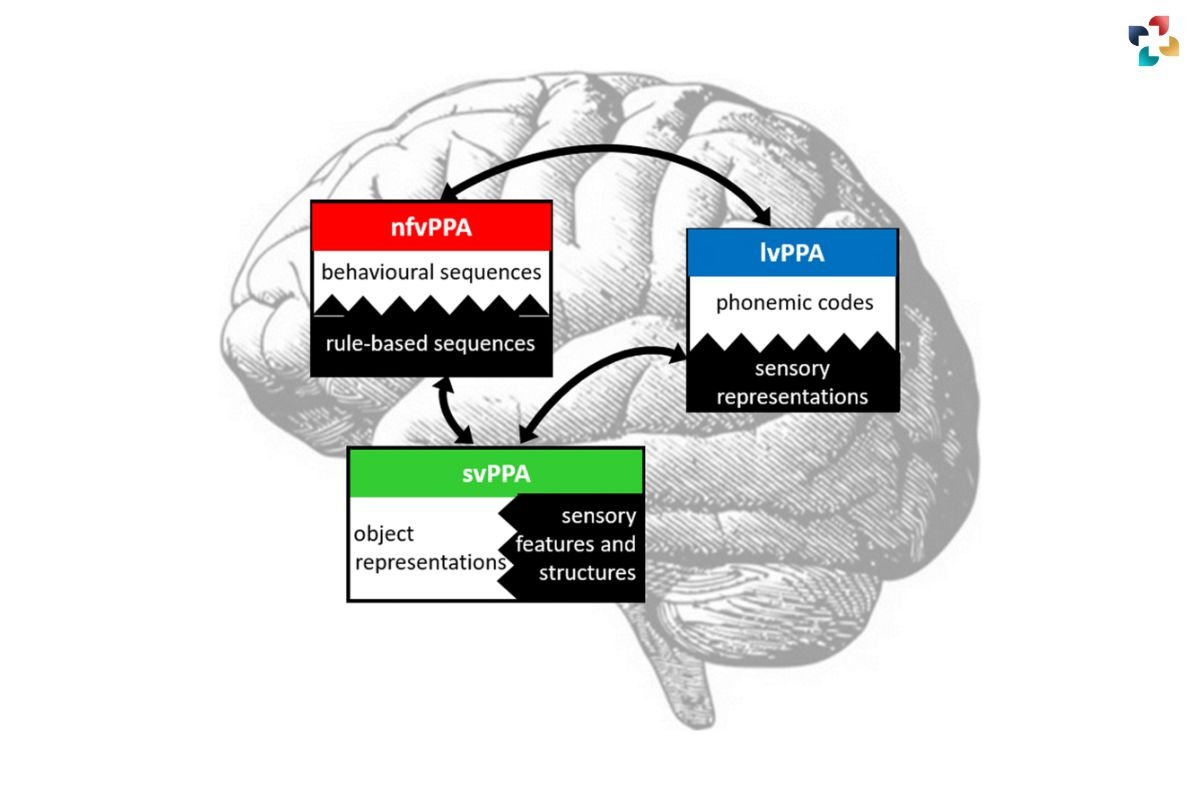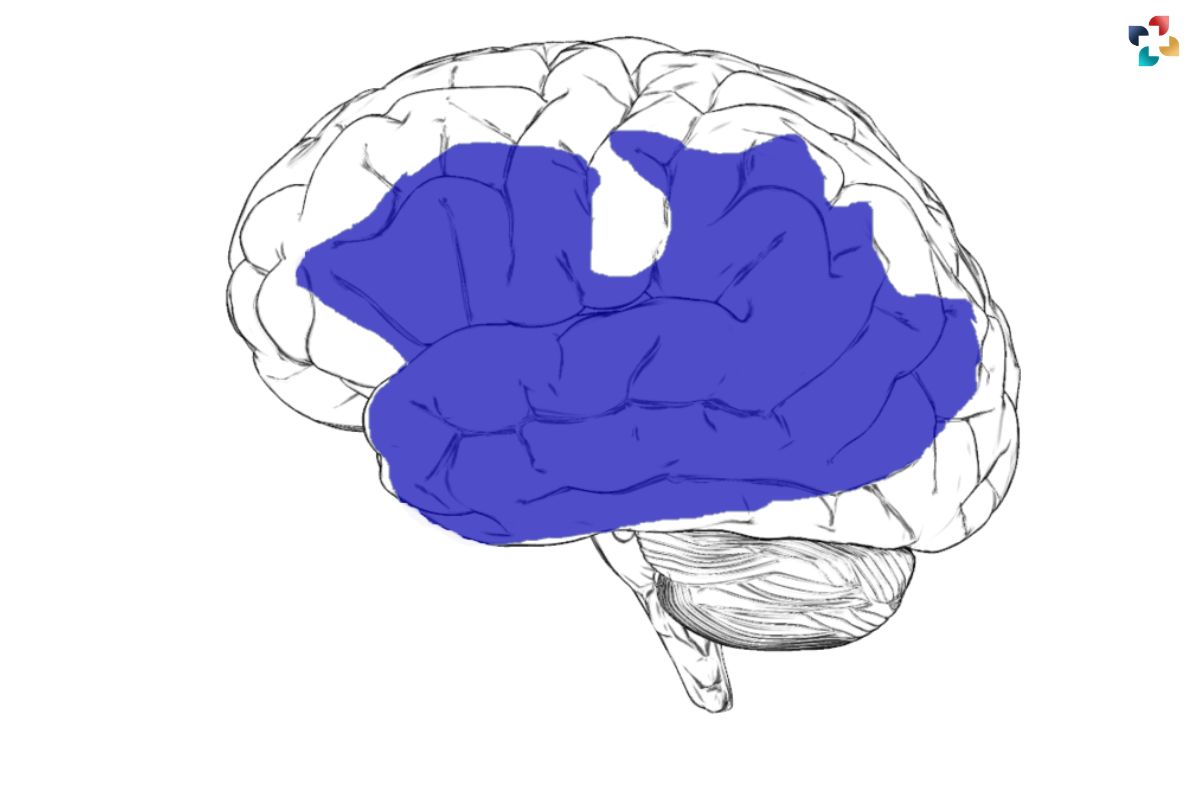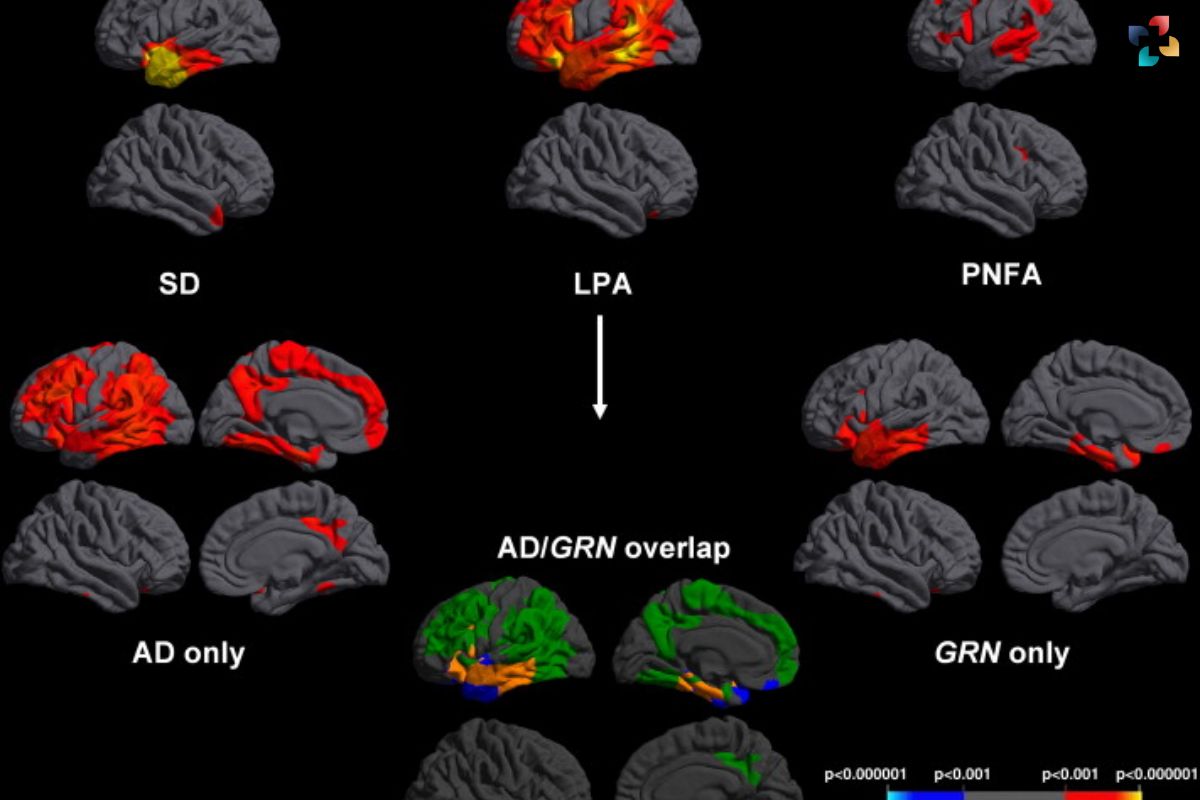Source- sciencedirect
Primary Progressive Aphasia (PPA) is a rare neurological condition that gradually impairs language abilities over time. Unlike other forms of aphasia, which typically result from stroke or brain injury, PPA is characterized by progressive deterioration of language function due to underlying neurodegenerative processes. This article aims to provide a comprehensive overview of Primary Progressive Aphasia, including its symptoms, causes, diagnostic approaches, and management strategies.
Unraveling the Symptoms of Primary Progressive Aphasia
Primary Progressive Aphasia (PPA) is a complex and debilitating neurological disorder characterized by the gradual deterioration of language abilities. Unlike other forms of aphasia, which may result from stroke or traumatic brain injury, PPA is distinguished by its progressive nature, with symptoms worsening over time. Central to understanding PPA is recognizing its diverse array of symptoms, which manifest differently depending on the subtype of the condition. The three primary variants of PPA—semantic variant PPA (svPPA), non-fluent variant PPA (nfvPPA), and logopenic variant PPA (lvPPA)—each present unique challenges and patterns of language impairment.
By unraveling the distinct symptoms associated with each subtype, clinicians can tailor diagnostic and therapeutic interventions to meet the individual needs of patients with PPA. This article aims to explore the spectrum of language impairments observed in PPA and shed light on the distinguishing features of its three main variants, providing insights into the complexities of this progressive neurological disorder.
Primary Progressive Aphasia presents with a spectrum of language impairments that vary depending on the subtype of PPA.
The three main variants of PPA include:
1. Semantic variant PPA (svPPA):

Individuals with svPPA experience difficulties with word-finding, comprehension of single words and objects, and semantic memory impairment. They may struggle to name objects, recognize familiar faces, or understand the meaning of words.
2. Non-fluent variant PPA (nfvPPA):
This subtype is characterized by effortful speech production, reduced fluency, grammatical errors, and articulatory difficulties. Patients may exhibit agrammatism, speech apraxia, and hesitant or telegraphic speech.
3. Logopenic variant PPA (lvPPA):
lvPPA is characterized by impaired word retrieval, phonological errors, and difficulty repeating sentences or phrases. Individuals may experience word-finding pauses, phonological paraphasias, and disruptions in sentence structure.
Exploring the Underlying Causes of Primary Progressive Aphasia
The underlying pathology of Primary Progressive Aphasia is typically associated with frontotemporal lobar degeneration (FTLD), a group of neurodegenerative disorders that affect the frontal and temporal lobes of the brain. In particular, PPA is often linked to abnormal accumulation of proteins, such as tau, TDP-43, or FUS, which disrupt neuronal function and connectivity in language-related brain regions.

The intricate pathology underlying Primary Progressive Aphasia (PPA) is often intertwined with frontotemporal lobar degeneration (FTLD), a heterogeneous group of neurodegenerative disorders characterized by progressive atrophy of the frontal and temporal lobes of the brain. Within the spectrum of FTLD, PPA stands out for its selective impact on language processing regions, leading to the hallmark language impairments observed in affected individuals.
One of the primary drivers of neurodegeneration in PPA is the aberrant accumulation of proteins within brain cells, disrupting normal neuronal function and connectivity. Tau protein pathology, commonly associated with Alzheimer’s disease, is a prominent feature in some cases of PPA, particularly the logopenic variant. Abnormal tau aggregates disrupt cellular structures and interfere with neuronal signaling pathways, contributing to the breakdown of language abilities.
In other instances of PPA, abnormal accumulation of TAR DNA-binding protein 43 (TDP-43) or fused in sarcoma (FUS) proteins has been implicated in the pathogenesis of the disease. These proteins play essential roles in regulating gene expression and RNA processing within neurons. However, mutations or dysregulation of TDP-43 and FUS can lead to their aggregation, forming toxic protein aggregates that impair cellular function and promote neuronal death.
The precise mechanisms underlying protein accumulation and neurodegeneration in PPA are still under investigation, with researchers actively exploring genetic, environmental, and epigenetic factors that may contribute to disease onset and progression. By unraveling the complex interplay of molecular pathways involved in PPA, scientists hope to identify novel therapeutic targets and develop targeted interventions to slow or halt the progression of this devastating neurological disorder.
In summary, Primary Progressive Aphasia is intricately linked to frontotemporal lobar degeneration and characterized by abnormal protein accumulation that disrupts neuronal function in language-related brain regions. Further research into the underlying causes and pathological mechanisms of PPA is essential for advancing our understanding of the disease and developing effective treatments to alleviate its devastating effects on language and cognition.
Navigating the Diagnostic Challenges

Diagnosing Primary Progressive Aphasia requires a comprehensive evaluation by a multidisciplinary team, including neurologists, neuropsychologists, and speech-language pathologists. Clinical assessment involves detailed language testing to identify specific deficits in speech production, comprehension, and word retrieval. Neuroimaging studies, such as MRI or PET scans, may reveal patterns of cortical atrophy or hypometabolism in language areas of the brain, supporting the diagnosis of PPA.
Shedding Light on Management Strategies for Primary Progressive Aphasia
While there is currently no cure for Primary Progressive Aphasia, management strategies aim to improve communication abilities, maintain functional independence, and enhance the quality of life for affected individuals. Speech-language therapy plays a central role in addressing language impairments and developing compensatory strategies to facilitate communication. Additionally, cognitive stimulation programs, social support groups, and caregiver education can help individuals with PPA cope with the challenges of the disease and maintain social engagement.
Conclusion: Navigating the Complexities of Primary Progressive Aphasia
In conclusion, Primary Progressive Aphasia is a debilitating neurological condition that progressively impairs language abilities, posing significant challenges for affected individuals and their families. By understanding the diverse symptoms, underlying causes, and diagnostic approaches associated with PPA, healthcare professionals can better support patients living with this condition. Continued research efforts aimed at unraveling the pathophysiology of PPA and developing targeted therapies offer hope for improved outcomes and enhanced quality of life for individuals affected by this challenging neurodegenerative disorder.
FAQs
1. What is Primary Progressive Aphasia (PPA)?
Primary Progressive Aphasia is a rare neurological disorder characterized by the gradual loss of language abilities due to progressive degeneration of brain regions responsible for language processing.
2. What are the main symptoms of Primary Progressive Aphasia?
Symptoms of PPA vary depending on the subtype but may include difficulty finding words, grammar and speech production problems, comprehension difficulties, and impaired writing skills.
3. Is Primary Progressive Aphasia the same as Alzheimer’s disease?
No, Primary Progressive Aphasia is a distinct disorder from Alzheimer’s disease. While both involve neurodegeneration, PPA primarily affects language functions, whereas Alzheimer’s disease affects multiple cognitive domains.
4. Can Primary Progressive Aphasia be treated?
Currently, there is no cure for PPA. However, speech-language therapy and supportive interventions can help manage symptoms, improve communication skills, and enhance quality of life for individuals living with PPA.
5. Is Primary Progressive Aphasia hereditary?
While most cases of PPA are sporadic, meaning they occur randomly without a clear genetic cause, familial forms of PPA have been reported. Genetic factors may play a role in some cases, but the inheritance pattern is complex and not fully understood.











